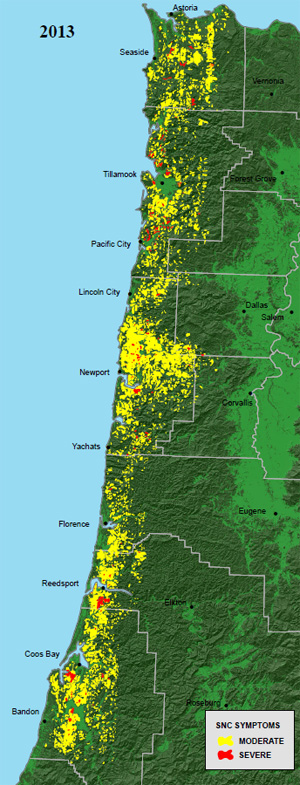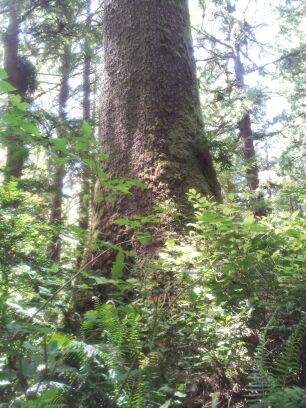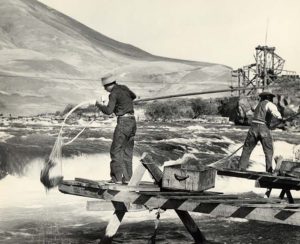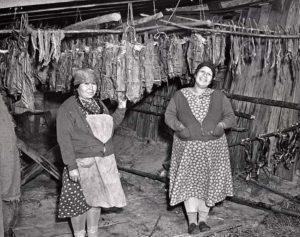Logging has always been heavily subsidized in the interior Northwest. That was politically driven and it led us down the path to overstocked forests. The timber was given away, often below market value let alone at the cost of replacement. That cost is a function of what it takes to grow the next stand. That was never factored in because doing that would have made the timber unsaleable. So the management needed to grow replacement forests has always lagged far behind the desire to keep pushing timber out to the mills.
The natural result is overstocked, and in many cases heavily overstocked, stands that are coming in at hundreds and some times thousands of stems per hectare. That leads to drought-prone soils, and nutrient shortfalls. Fire is the primary means of redress and in lieu of that, insects, so fires suppression hasn’t helped the situation at all.
Speaking of which, insects and those interior forests are so tightly bound they should be considered one biological entity, not two. Spruce budworm, Tussock moth and the Western and Mountain pine beetle are not pests in any sense of the term. Spruce budworm works at the intra-stand level, opening up overstocked forest stands over an 8-10 year period. Tussock moth simply knocks down stands that have encroached onto sites on which they are not suited. It re-sculpts those stands in about three years, probably an adaptation to what we know has been the regular cycling of global temperature over the last 400,000 years. It works at the stand scale. The pine beetle, the most important insect in the Western Hemisphere, will take down all the lodgepole pine for as far as the eye can see, re-setting the clock on those forests. That’s happened in the Canadian Rockies and interior British Columbia over the last 20 years and in many parts of the interior Western US.

Lodgepole pine only live to be 70-80 years old at which time something has to take them down. We started seriously suppressing fire maybe 100 years ago? I don’t believe the current timeline for lodgepole die-off from the pine beetle is a coincidence. Moreover if we are experiencing the effects of climate change, that could be one more signal for the beetle to bring it on.
Not enough of that science informed the reaction to those outbreaks, unfortunately. I worked for Forest Service Research for 26 years and we were the red-haired step-child of the National Forest System. We would write up reports that detailed those relationships only to have many of them ignored. I have an endless supply of stories about that. The key point is this: the only funding available for forest management was from the Knutson-Vandenberg Act – mitigation money for cutting trees. That perverse incentive did exactly what you might imagine, it yoked intelligent management to unprofitable logging, stifling the former and monetizing the latter.
The result, given the excessive drive for that pot-of-gold at the end of the rainbow, was a much darker reality – coal in that rainbow stocking if you like. This story, for example, needs airing. The failure of industrial forestry on the Oregon Coast led to an on-going disaster. That narrative is complicated enough that nobody ever seems ready to write about it. Given the difficult questions it asks about the state of industrial forestry, that’s not surprising, but badly needed.





